Steam condensate is a byproduct of all steam processes, and one of the most common issues in these kinds of processes is the pooling of steam condensate inside the equipment. When released from a high-pressure to a low-pressure area, pooled condensate can flash (quickly heat back up into steam), resulting in extreme pressure spikes, loud banging noises, valve and steam line failure, and sometimes full equipment failure.
Manufacturers in the chemical processing industry incorporate steam traps and condensate drain systems into their equipment to mitigate these risks,. These applications also utilize in-line check valves in the condensate system piping to allow flow in only one direction before sealing.
To help manufacturers ensure they use the best components for their processing system, check valves can be designed and specified for unique cracking pressures. Cracking pressure (the minimum upstream pressure at which the valve can operate) is a critical aspect of check valve applications. There are a few key considerations to keep in mind when selecting check valves for steam applications.

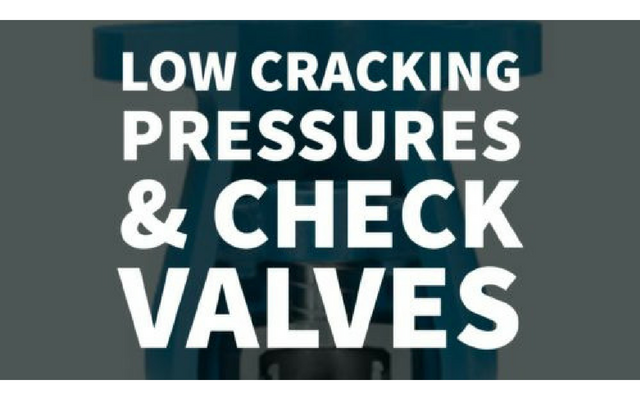
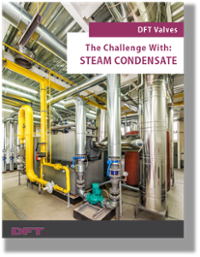 To learn more about methods for eliminating steam condensate issues in chemical processing operations, download a copy of this eBook from DFT Valves, “
To learn more about methods for eliminating steam condensate issues in chemical processing operations, download a copy of this eBook from DFT Valves, “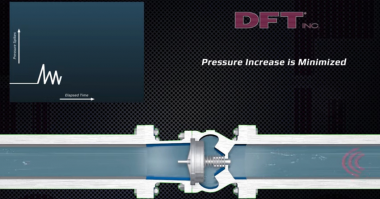
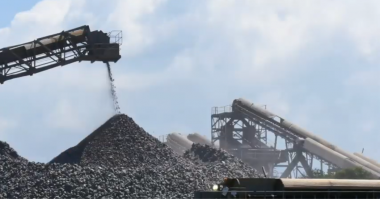
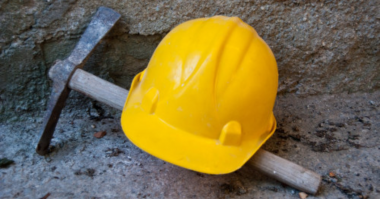
Comments